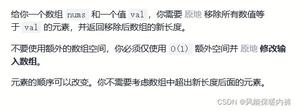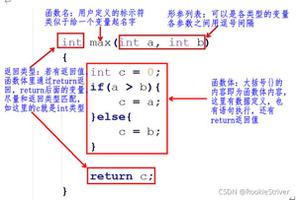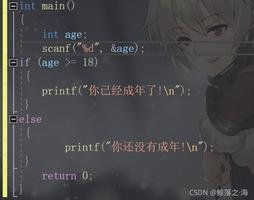C语言菜鸟基础教程之判断
(一)
先动手编写一个程序:
#include <stdio.h>
int main()
{
if(1)
{
printf("The condition is true!\n");
}
return 0;
}
运行结果:
The condition is true!
再把1依次改为,2,5,100,-10,发现运行结果完全一样。
再改成if(0),此时发现没有运行结果,说明printf()语句没被执行。
C语言把判断语句中的任何非0或非空的值当作真。所以if(1), if(2), if(5), if(100), if(-10)的效果是一样的。
(二)
再编写一个程序:
#include <stdio.h>
int main()
{
int a = 100;
if(a > 0)
{
printf("The condition value is %d\n", (a > 0));
}
return 0;
}
运行结果:
The condition value is 1
分析:
a = 100,a > 0成立 ,所以if( a > 0)等价于if(1)。
在C语言中,判断语句是有值的,要么为1,要么为0。比如本程序中a > 0的值就是1。
(三)
最后编写一个程序:
#include <stdio.h>
int main()
{
char c1 = '\0';
if(c1)
{
printf("The condition is true!\n");
}
else
{
printf("The condition is false!\n");
}
char c2 = ' ';
if(c2)
{
printf("The condition is true!\n");
}
else
{
printf("The condition is false!\n");
}
char c3 = 'A';
if(c3)
{
printf("The condition is true!\n");
}
else
{
printf("The condition is false!\n");
}
return 0;
}
运行结果:
The condition is false!
The condition is true!
The condition is true!
说明:C语言中用'\0'来表示空字符。空格' ‘也是一个字符,这从if(c2)条件为真就可以看出来。
以上是 C语言菜鸟基础教程之判断 的全部内容, 来源链接: utcz.com/z/349793.html






